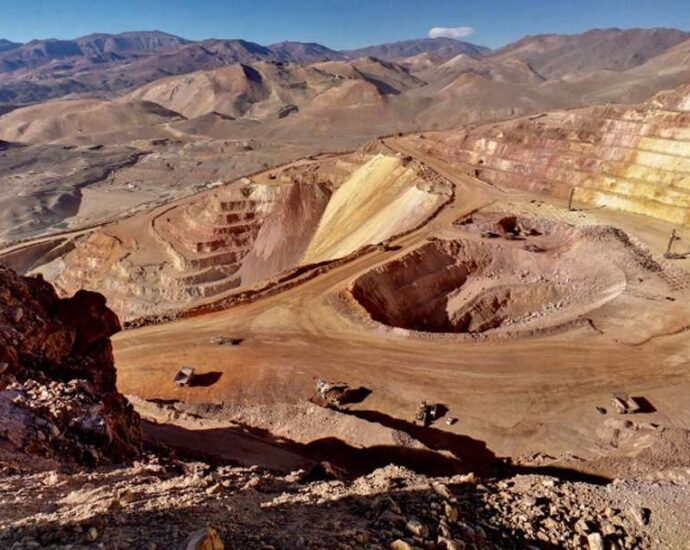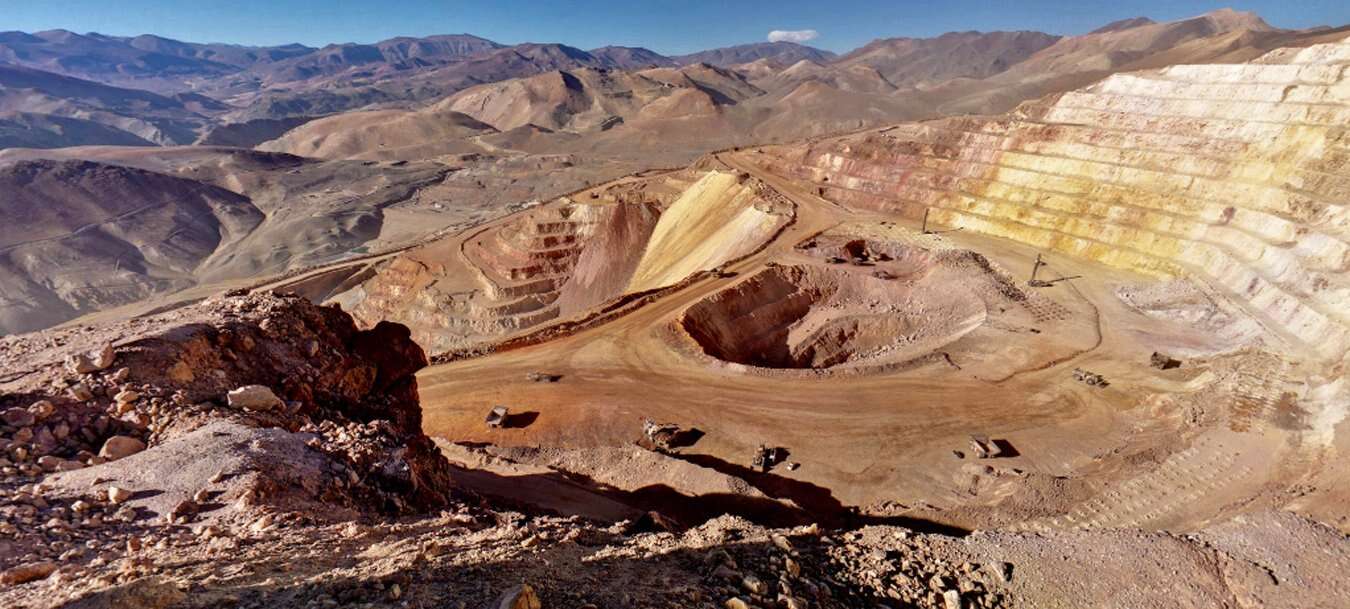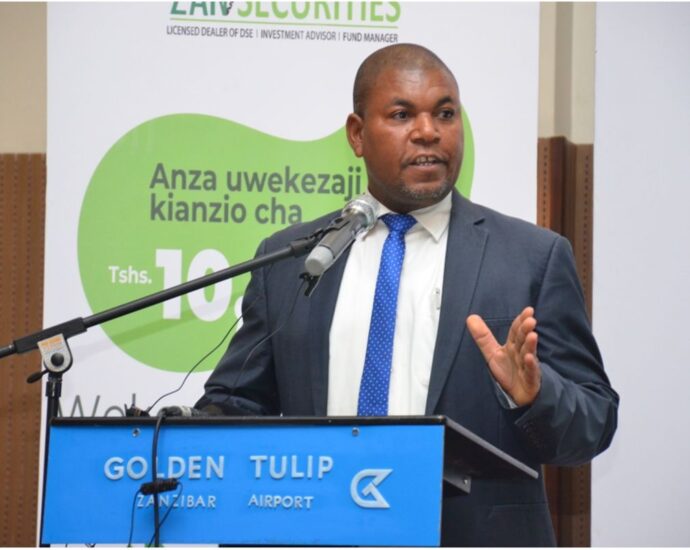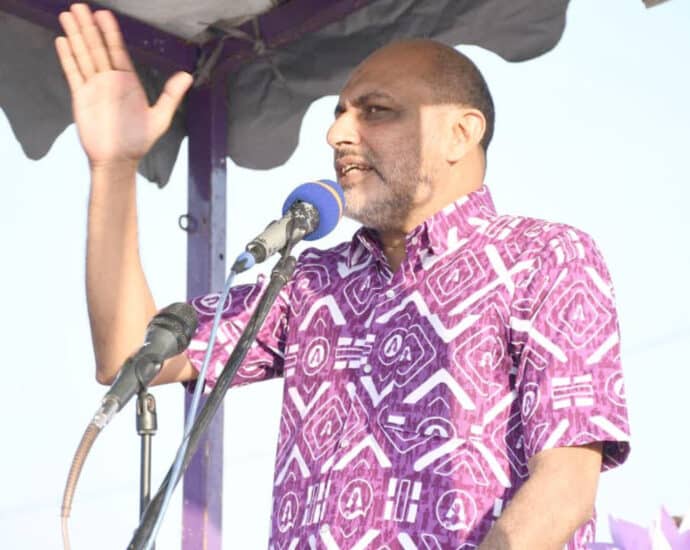Tanzania: EACOP Project to Get Further Push Next Financial Year

The government is expected to receive consignments of oil pipes covering 100 kilometres each month for the next 11 months, to be utilised in the East African Crude Oil Pipeline (EACOP) project.
This was revealed on Thursday by the Minister for Finance, Dr Mwigulu Nchemba while tabling the National Budget for 2024/25 financial year.
He said the pipe laying works are scheduled to commence in August this year and the project is expected to be completed by December next year. Dr Nchemba explained that currently, various works are underway and oil pipes to cover 600km have already been imported.
“As of May this year, the government had paid a total of 307.3 million US dollar, equivalent to 99.8 per cent of the required amount of 308 million US dollar as compensation to the Project Affected Persons (PAPs),” Dr Nchemba said.
ALSO READ: EACOP compensation payment reaches over 99pc
He said the government through the Tanzania Petroleum Development Corporation (TPDC) holds a 15 per cent share of the EACOP project.
Minister Nchemba said that the achievements under the energy sector indicate that President Samia Suluhu Hassan is keen to ensure accessibility and reliability of power across the country.
“The government through the Rural Energy Agency (REA), has connected 11,973 villages, equivalent to 97.2 per cent of all villages in the country and contractors are continuing to connect the remaining villages,” he said.
Adding that, 32,827 of the 64,359 hamlets nationwide, 12 have access to electricity. Saying that the work is ongoing until all the remaining hamlets have access to electricity.
Source: allafrica.com




















